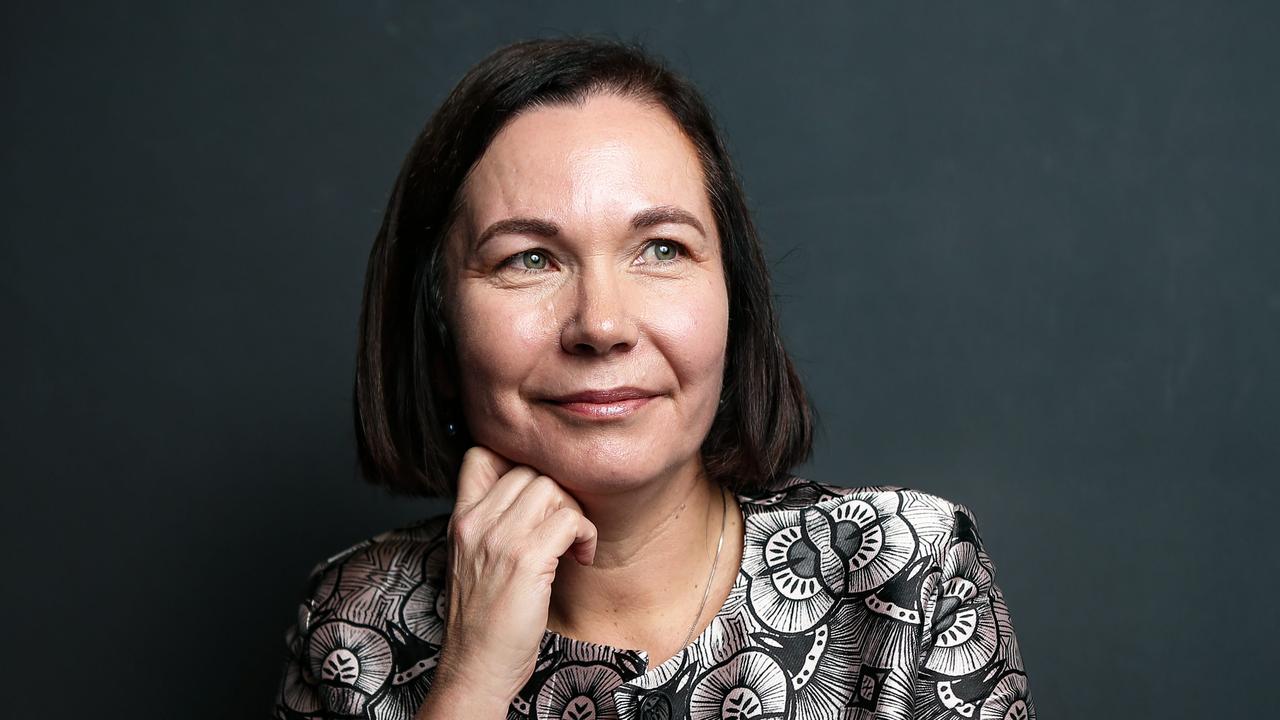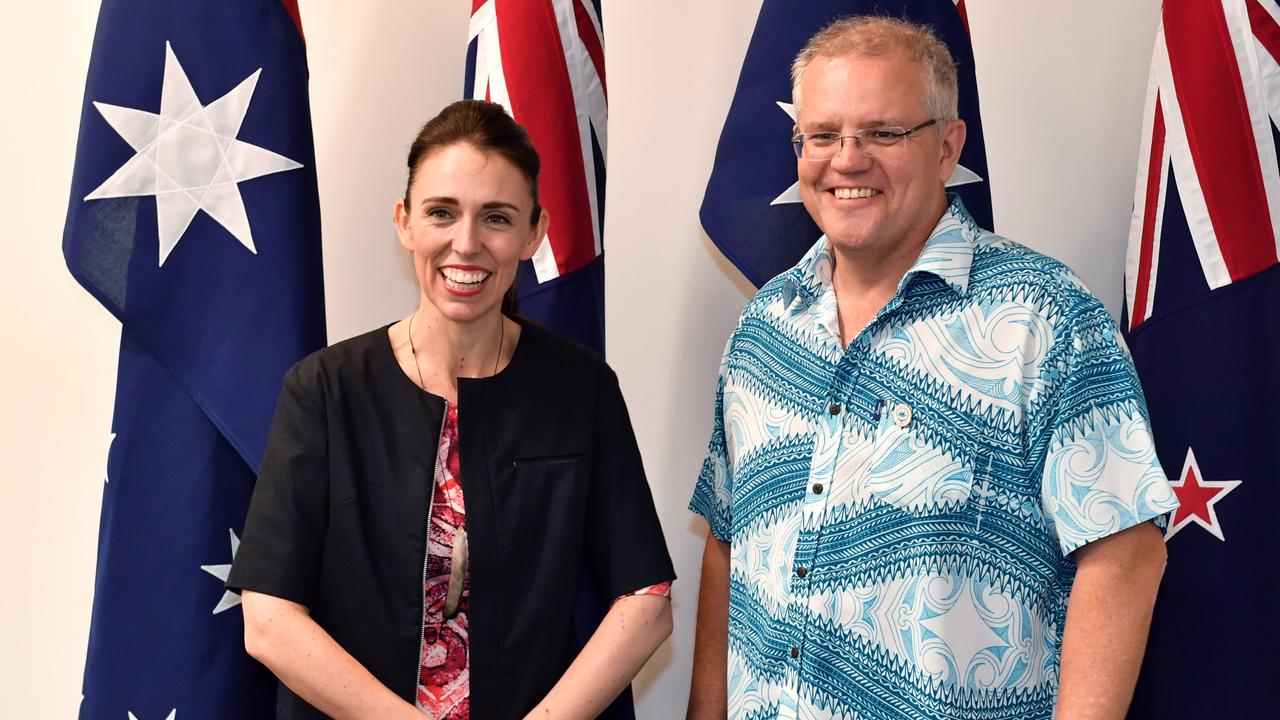THIS year's Archibald has been won by Ben Quilty with a portrait of Margaret Olley - or perhaps it would be more accurate to say that it was won by Olley in a portrait of her by Quilty.
The Archibald has for many years been as much about the fame or notoriety of its sitters as about the quality of the paintings.
Olley is a popular figure in the Sydney art world, a distinguished painter in her own right and an extremely generous donor to the Art Gallery of NSW.
She is also one of the most famous of Archibald sitters, having been the subject of William Dobell's winning entry in 1948 and of several other pictures since then.
Quilty's painting, however, is a very bad one on several scores. First, it is grotesquely oversized.
What reason can there be for painting the face of a tiny, elderly woman on this scale? Instead of intimacy and insight, we are faced with a massive surface that is at once emphatic and blank.
The paint surface is discontinuous, with areas of thick pigment separated by wide spaces of white canvas. The effect is like a chromatic version of the polarisation into black and white that arises from repeated photocopying of the same image, and implies the use of a photograph as a map of the tonal and colour areas. This is a superficial trick that has nothing in common with a real painterly engagement with the subject.
Quilty claims that he used etching and drawing as well as photographs in making this picture. I can believe this, because many painters can't actually obtain a likeness from copying a photograph, or even get the shape of the face right.
Nonetheless, the result looks like the extravagantly camouflaged transcription of a photo.
Quilty has ability, but he should renounce gimmicks and the pull-apart pictures for which he is known and try painting instead.



